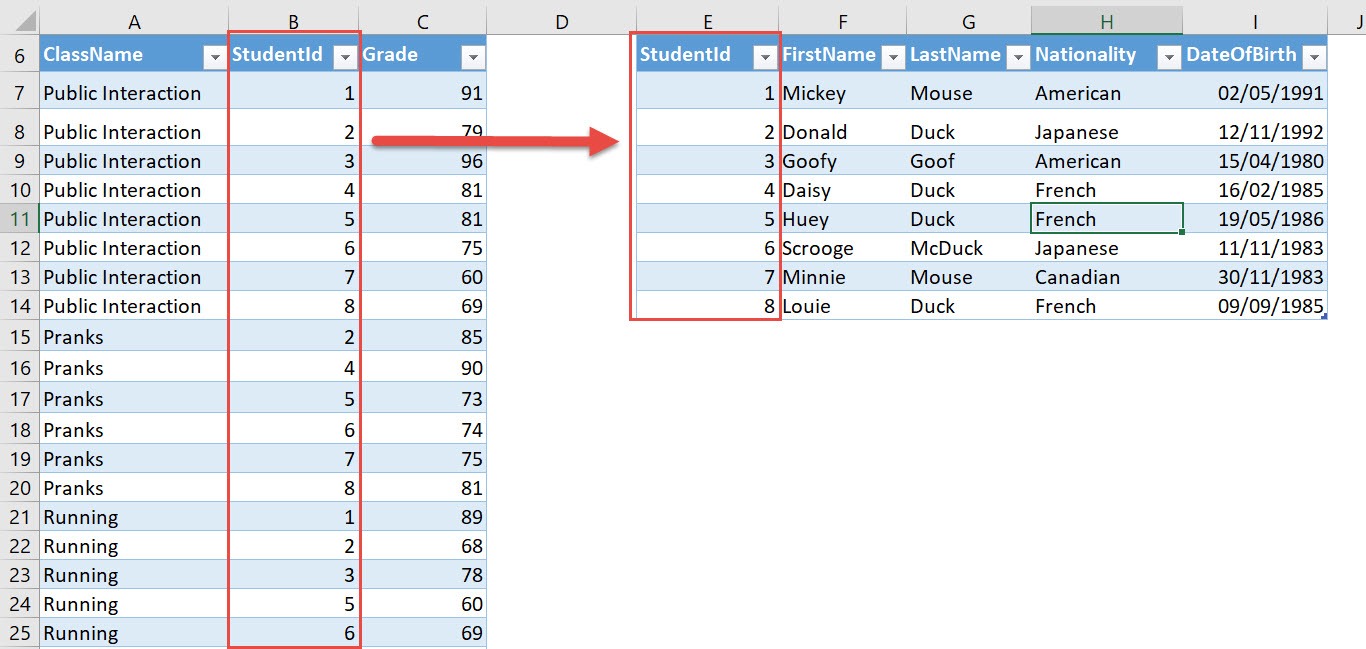


If you don’t see the PivotTable Fields you can find it under the Tools section of the Analyze tab > Show > Field List.You should also see the PivotTable Fields window pane appear to the right.You will notice two new tabs appear in the ribbon, an Analyze and Design tab.Place the active cell cursor anywhere in the Blank Pivot Table.You will now have a new blank Pivot Table. You can select where you want to create the new pivot table, either in a New Worksheet or you can choose the location in an Existing Worksheet.Your data should be pre-selected and display the name of our table that we named SalesData.Press the Pivot Table button from under the Tables section.Now we can create a Pivot Table based on our data. Under the Properties section type in your new Table Name and press Enter.A new Table Tools tab called Design will appear in the ribbon.The default name of your new table will be Table1, so it’s a good idea to rename it to something more descriptive. Make sure your entire range of your data is selected and ensure the My table has headers option is checked since our data has column headings.Īlternatively, you can avoid using the ribbon commands and use the Ctrl + T keyboard shortcut to create a table.You can read more about the benefits of Excel Tables here.

This will make it easier to add data at a later time and update your pivot table in addition to the many other benefits of tables. It’s generally a good idea to turn the data for your pivot table into a Table first. To do this, select cell A1 and type Order ID.In this tutorial, we’ll take you through the steps to create a new Pivot Table. Next in the Values section, click on the "Sum of Order ID" and drag it to the Rows section.įinally, we want the title in cell A1 to show as "Order ID" instead of "Row Labels". In this example, we've selected the checkboxes next to the Order ID and Quantity fields.

Next, choose the fields to add to the report. Your pivot table should now appear as follows: In this example, we've chosen cells A1 to F16 in Sheet1 as indicated by Sheet1!$A$1:$F$16. Select the range of data for the pivot table and click on the OK button. In the Tables group, click on the Tables button and select PivotTable from the popup menu.Ī Create PivotTable window should appear. Next, select the Insert tab from the toolbar at the top of the screen. In this example, we've selected cell A1 on Sheet2. Highlight the cell where you'd like to create the pivot table. In this example, the data is found on Sheet1. To create a pivot table in Excel 2016, you will need to do the following steps:īefore we get started, we first want to show you the data for the pivot table. If you want to follow along with this tutorial, download the example spreadsheet.ĭownload Example Steps to Create a Pivot Table


 0 kommentar(er)
0 kommentar(er)
